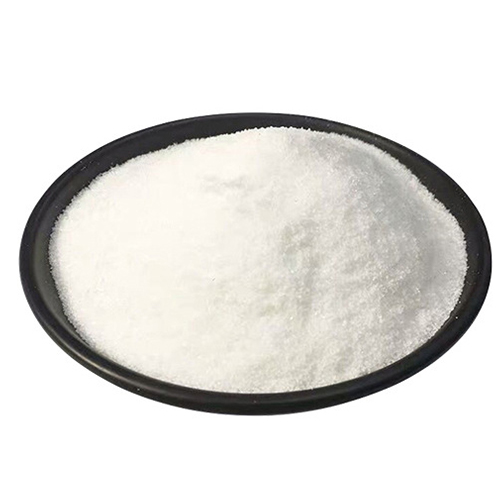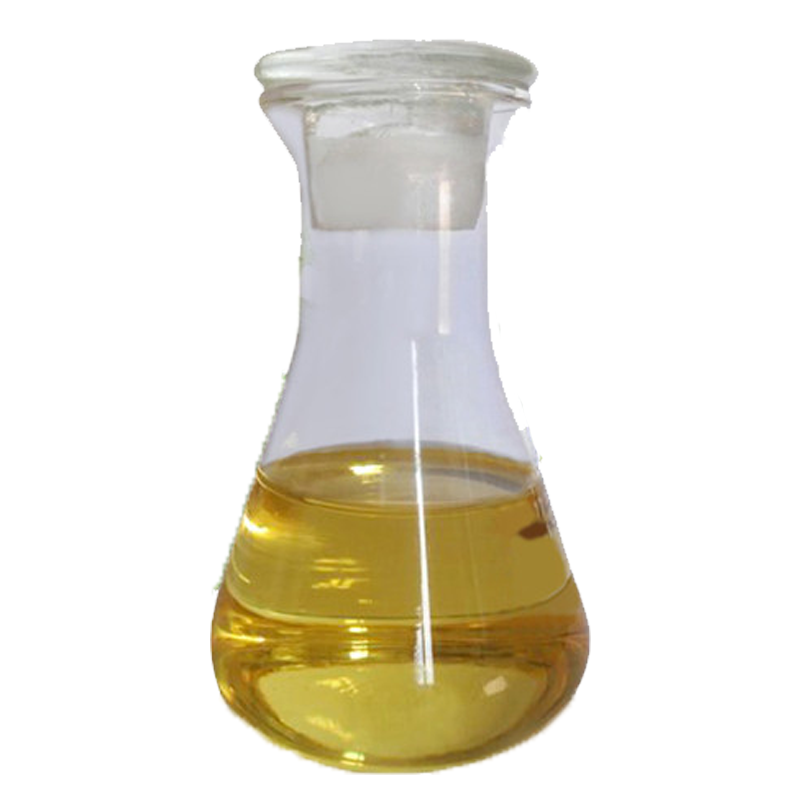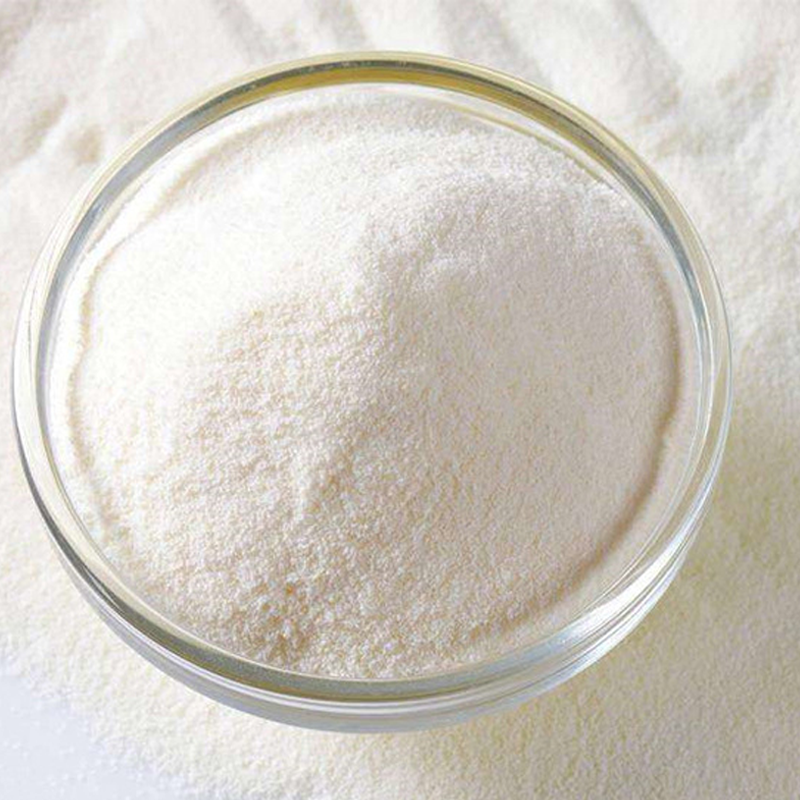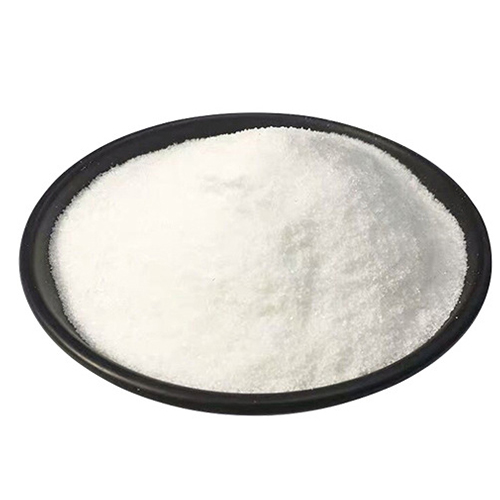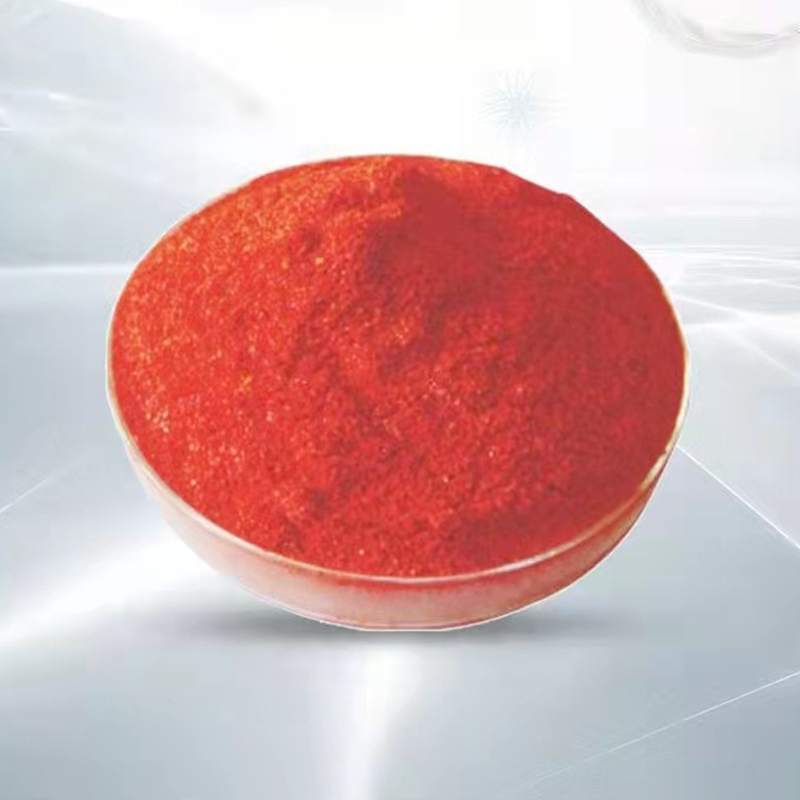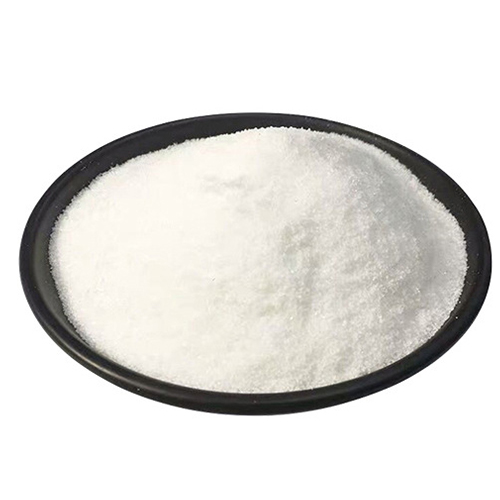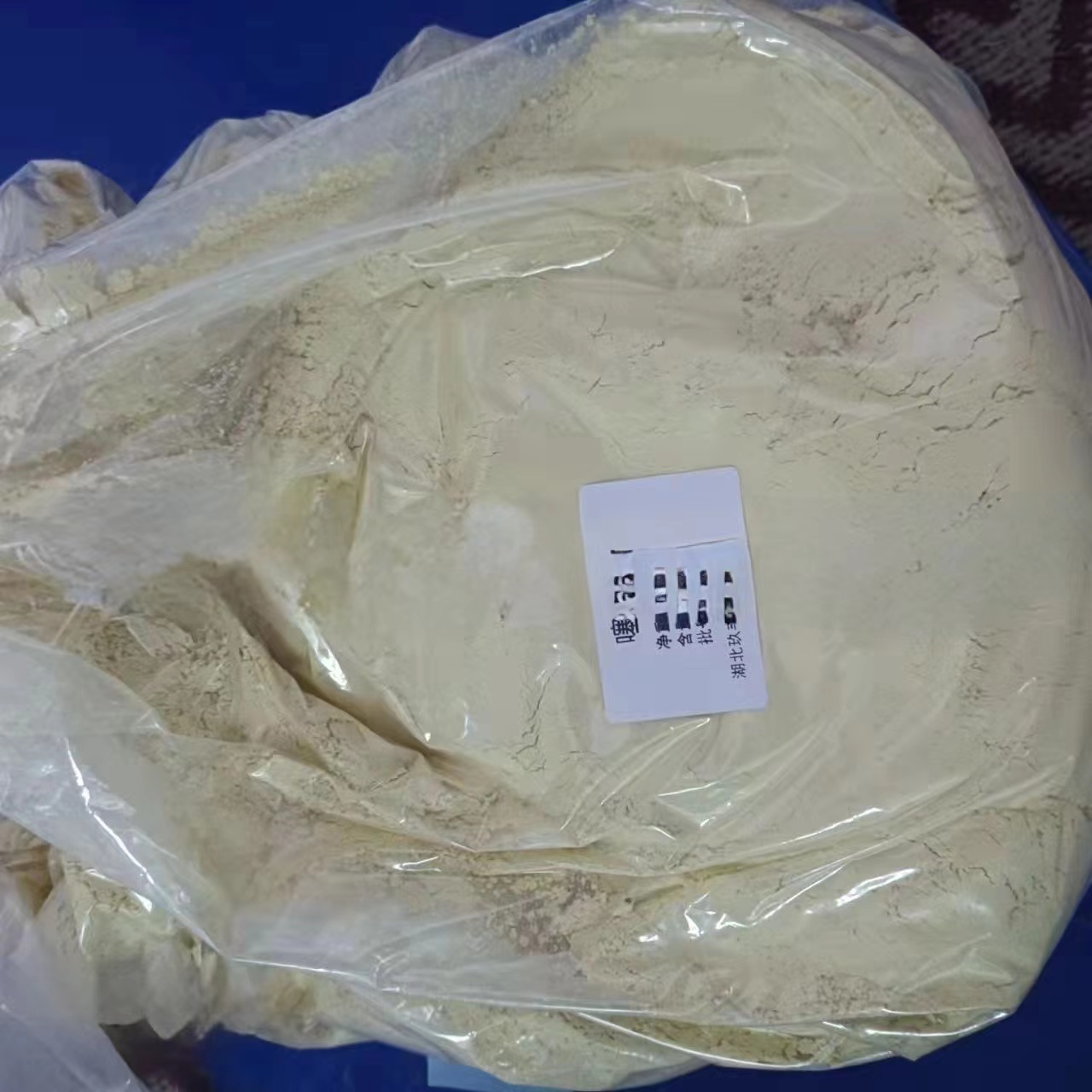Plant Growth Regulator Chlormequat chloride CAS 999-81-5
Chlormequat chloride (CCC) is a plant growth regulator inhibiting the action of the gibberellic acid, resulting in shortening and strengthening of stems in plants and reduced branching and foliage in certain species of shrubs and trees.
Learn More Get a QuotePlant Growth Regulator 2-Diethylaminoethyl hexanoate Cas 10369-83-2
2-Diethylaminoethyl not only effectively increases the activity of plant peroxidase and nitrate reductase, but also increases the content of plant chlorophyll, accelerates photosynthesis, promotes plant cell division and growth, makes the root system more robust, and regulates nutrient balance in the body.
Learn More Get a QuotePlant Growth Regulator Gibberellic acid 98%TC Cas 77-06-5
Gibberellic acid is a type of plant hormone with a gibberellin ring structure that promotes plant growth.
Learn More Get a QuotePlant Growth Regulator Paclobutrazol Cas 76738-62-0
Paclobutrazol is a type of triazole plant growth regulator that functions as a growth inhibitor.
Learn More Get a QuotePlant Growth Regulator Atonik 98%TC
Atonik has the characteristics of high efficiency, low toxicity, and a wide range of applicable crops.
Learn More Get a QuotePlant Growth Regulator Brassin. Cas 72962-43-7
Brassin is a recognized efficient and non-toxic plant growth regulator with strong permeability and rapid absorption by plants.
Learn More Get a QuotePlant growth regulator Thidiazuron 97%TC Cas 51707-55-2
Thidiazuron is a urea plant growth regulator with cytokinin activity.
Learn More Get a QuoteWhat are Plant Growth Regulators?
Plant growth regulators are substances that have similar physiological and biological effects to plant hormones through artificial synthesis after people understand the structure and mechanism of natural plant hormones. They are used in agricultural production to effectively regulate the growth process of crops, achieve stable and increased production, improve quality, and enhance crop resistance.
Plant growth regulators are synthetic chemical substances that regulate the growth and development of plants and natural plant hormones extracted from organisms. called plant growth regulators. the
Plant growth regulators are a class of substances that have similar physiological and biological effects to plant hormones. Substances that can regulate plant growth and development have been found to include diethylaminohexanoate, forchlorfenuron, sodium nitrophenolate, auxin, gibberellin, ethylene, cytokinin, abscisic acid, brassinosteroids, salicylic acid, jasmonic acid, paclobutrazol, and polyamines. As plant growth regulators, they are mainly used in the first nine categories in agricultural production.
Features of Plant Growth Regulators
1 It has a wide range of functions and many application fields. Plant growth regulators can be applied to almost all higher and lower plants in the planting industry, such as field crops, vegetables, fruit trees, flowers, forest trees, kelp, seaweed, edible fungi, etc., and control the growth and development of plants by regulating the photosynthesis, respiration, material absorption and operation of plants, signal transduction, opening and closing of stomata, osmotic regulation, transpiration and other physiological processes, improve the interaction between plants and the environment, enhance the stress resistance of crops, increase crop yields, improve the quality of agricultural products, and enable the expression of crop agronomic traits According to the direction of people's needs.
2 Small dosage, fast speed, high benefit, and less residual toxicity, most crops only need to be sprayed once a season according to the specified time.
3. It can regulate both external traits and internal physiological processes of plants.
4 Strong pertinence and strong professionalism. It can solve some problems that are difficult to solve by other means, such as forming seedless fruit, preventing strong wind, controlling plant type, promoting rooting of cuttings, fruit ripening and coloring, inhibiting the growth of axillary buds, and promoting the shedding of cotton leaves.
5 The effect of plant growth regulators is affected by many factors, and it is difficult to achieve the best effect. Climatic conditions, application time, application amount, application method, application site and the absorption, operation, integration and metabolism of the crop itself will all affect its effect.
Applications of Plant Growth Regulators
Break dormancy and promote germination. Freshly harvested seeds, immature seeds, seeds with poor environmental conditions when ripe and harvested, and seeds that have been poorly stored or stored for too long have a low germination rate or cannot germinate, slow emergence or weak seedlings, thereby affecting the emergence rate and increasing the amount of seeds used. The application of gibberellin and other germination seeds can break dormancy, promote germination, increase the germination rate of seeds, and make seedlings emerge early and strong.
Increase tillers and promote roots, and cultivate short and strong seedlings. Growth retardants help to overcome the effects of adverse environmental conditions, delay the growth of seedlings, and form short and strong seedlings. Paclobutrazol and chlormequat have good effects on cultivating strong seedlings. The main application methods are seed treatment and foliar spraying at seedling stage.
Promote grain filling and filling. In production, the application of auxin, gibberellin, and cytokinin plant growth regulators is often used to promote sufficient grain filling of rice and wheat. For example, during the booting, flowering and filling stages of rice and wheat, spraying growth regulators such as fine fertilizer splitting element and Zenchanling can enhance the intensity of photosynthesis and the transfer rate of nutrients to reproductive organs to varying degrees, prolong the functional period of leaves, speed up the filling speed, increase the thousand-grain weight, and increase the yield.
Control leggy, reduce height and prevent fall. Cereal crops such as wheat often suffer from lodging in the later stage, especially tall stalk varieties. In areas with high fertilization and water, even dwarf varieties may still have the possibility of lodging. The application of growth retardants can effectively control leggy growth, reduce height and prevent fall, and increase yield.
Prevent flower and fruit drop and promote fruiting. The flower and fruit drop of indeterminate inflorescence crops such as cotton, beans, and melons is not only related to environmental conditions and cultivation techniques, but also related to vegetative growth, reproductive growth, and hormone balance in the body. In production, auxins and growth retardants can be used to improve the growth status and hormone balance in the body, so as to prevent the fall of flowers and fruits and increase the fruit setting rate.
Promotes maturity. The endogenous hormone mitogen has the effect of delaying aging, and ethylene and abscisic acid can accelerate aging and promote maturation.
Key Points for Using Plant Growth Regulators
1. The dosage should be appropriate, and the dosage should not be increased arbitrarily. Plant growth regulators are a class of substances that have similar physiological and biological effects to plant hormones and cannot be used in excess. Generally, the dosage per acre is only a few grams or a few milliliters. Some farmers are always afraid that if the dosage is too low, there will be no effect, so they increase the dosage or concentration at will. This will not only fail to promote plant growth, but will inhibit its growth, and even lead to deformed leaves, dryness and shedding, and death of the whole plant.
2. Do not mix at will. When many vegetable farmers use plant growth regulators, they often mix them with chemical fertilizers, pesticides, fungicides, etc. in order to save trouble. Whether plant growth regulators can be mixed with chemical fertilizers, pesticides and other substances must be determined after carefully reading the instructions for use and undergoing tests. Otherwise, not only will the effects of promoting growth, preserving flowers and fruits, and supplementing fertilizers not be achieved, but phytotoxicity will occur due to improper mixing. For example: Ethephon liquid is usually acidic and cannot be mixed with alkaline substances; diethyl hexanoate is easy to decompose in case of alkali and cannot be mixed with alkaline pesticides and fertilizers [2]
3. The method of use should be appropriate. Some vegetable growers often do not read the instructions carefully before using the plant growth regulator, but directly mix the plant growth regulator with water. It must be checked whether it can be directly mixed with water, because some plant growth regulators cannot be directly dissolved in water. If they are not formulated into mother liquor in advance and then formulated to the required concentration, it will be difficult to mix the agents, which will affect the use effect. Therefore, it must be diluted strictly according to the instructions for use.
4. Growth regulators cannot replace fertilizer application. Growth regulators are not plant nutrients, they can only play a role in regulating growth, and cannot be used in place of fertilizers. In the case of insufficient water and fertilizer conditions, spraying too much plant growth regulators will be harmful. Therefore, when poor plant growth is found, management such as fertilization and watering must first be strengthened, and on this basis, the use of growth regulators can effectively play its role.
5. Plant growth regulators are pesticide products, and the product packaging must have a formal "three certificates for pesticides" with a yellow label.
6. Use in strict accordance with the instructions, and take protective measures to prevent the impact on human, livestock and drinking water safety.
price of plant growth regulator
Usually, the price of plant growth regulators will be affected by raw materials, market environment, research and development costs, etc. If you want to know the price of plant growth regulator, please contact us to initiate an inquiry.
Tel: 13563082345 Email: sales@agripesticide.com
Supplier of Plant Growth Regulators
Agripestcide is a professional agrochemical manufacturer, providing herbicides, insecticides, microbial fungicides, plant growth regulators and other products. If you are looking for fungicides, please feel free to contact us for the latest price.

